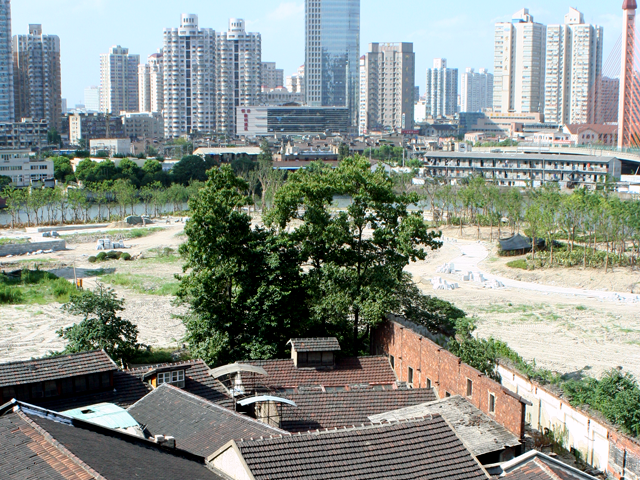Urban Lifestyle Trends: Navigating City Life with Style
Residents who choose urban living experience more than a city address because this urban lifestyle combines creativity with community diversity and dynamic readiness. Modern urban development patterns directly influence how people conduct their lives and perform their work and navigate social activities and showcase their personalities. The book describes the revolutionary transformations that change metropolitan existence while showing people how to find purposeful stylish lives while enduring the city’s rapid movement.
Redefining Urban Living
The city functions as a cultural and creative place which connects communities together. These modern urban cities provide boundless growth prospects to their inhabitants along with specific challenges that incorporate space limitations and environmental issues while maintaining powerful time pressures. The urban population continues to redesign their home practices by uniting practical efficiency with stylish design.
Minimalism and Compact Living
Modern city dwellers are currently embracing both minimalist living and spatial efficiency as visible social movements in urban environments. Modern city residents have adopted minimalist approaches because housing costs have increased dramatically and living space is limited resulting in their preference for high-quality rather than large size and practical features above unnecessary extras. People now depend on Micro-apartments together with multi-use furniture and smart home technology to build efficient living spaces that also look pleasing.
Sustainability in the City
A second major aspect along with minimalism focuses on sustainability. Cross-town commuters set the pace for eco-friendly living through transportation choices such as cycling or taking public transit while they shop at neighborhood markets dedicated to sustainable food and purchase sustainable and repurposed fashion items. People in urban areas change their concrete landscapes into sustainable living spaces by creating rooftop gardens and establishing sharing green areas and composting operations. Many urban dwellers use responsibility toward the planet as a new component of their city lifestyle and view it as a fashionable decision.
Blending Work and Life
The practice of combining work activities with everyday living constitutes one major trend observed in urban settings. Digital innovation drives the remote work revolution which changed how people think about workplace locations and work hour expectations. People now rely on cafés workspaces along with home offices which have replaced traditional offices to bring flexibility and independence into their daily routines. Everyday scheduling becomes possible thanks to this transition which enables residents to combine work requirements with self-centric priorities.
Urban Fashion and Self-Expression
People utilize style strategies as their main tool for their urban existence. Urban fashion goes beyond trend following because it serves both social creative goals and functional needs of residents. The streets of cities showcase three dominant fashion trends that reflect both creative freedom and relaxed comfort as well as inclusivity toward gender-neutral clothing. The dynamic style of urban fashion combines various cultural elements that derive from different ages and subcultures making the city streets function as an ever-changing fashion showcase.
Technology together with digital culture significantly influences the development of urban trends. Technology-based urban development initiatives along with digital application programs and electronic payment systems have made human-environment interactions more efficient. Modern urban residents utilize technology to improve their everyday functions including meal orders and program bookings plus virtual gatherings in their daily city-based activities. Urban influencers emerged through social media and digital content creation because they now shape how people perceive lifestyles as well as lead cultural shifts from city centers.
Urban living leads people to develop a strong admiration for community life together with shared experiences. Modern trends show a growing interest in participating locally throughout big cities even though these large areas commonly produce social detachment. Programs like community gardens and pop-up art exhibitions and neighborhood gatherings along with social enterprises lower urban anonymity. As people desire authentic neighborhood connections as well as a sense of community they are restoring interpersonal bonds in their urban districts.
Conclusion
The focus on both wellness and health has become essential for residents who live in urban areas. Boutique fitness studios together with wellness cafés and both meditation apps and mental health awareness initiatives have become successful within cities. Precious city dwellers understand the value of complete health alongside mindfulness practices and physical activity for their regular activities.

